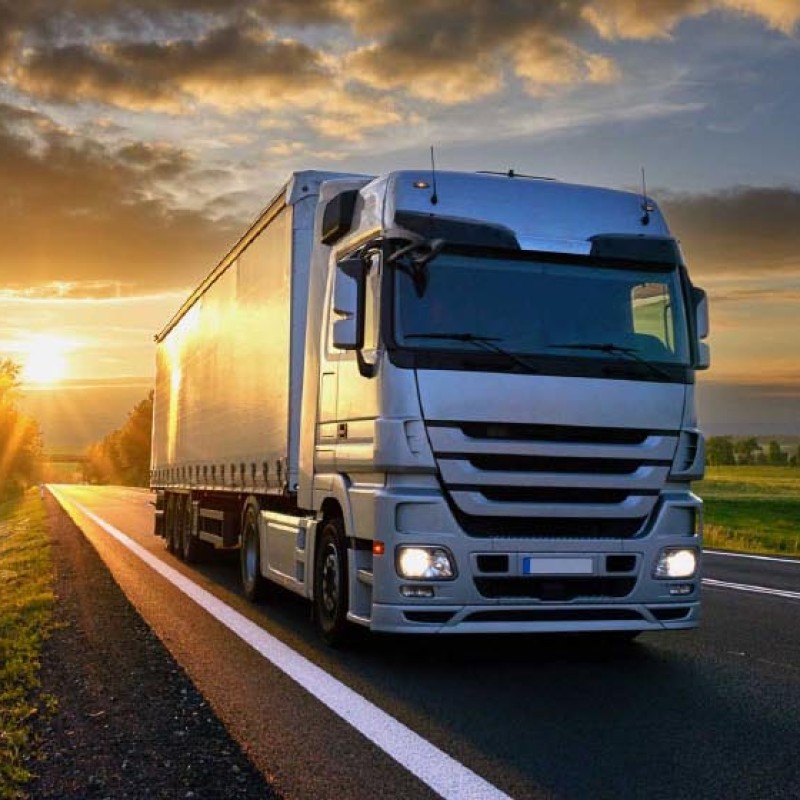Responsibility of Transport and Logistics
The transport and logistics sector contributes around 24% to global CO2e emissions. Together we fight against climate change and for less greenhouse gas emissions. Climate-neutral logistics is our future.
A greenhouse gas (or GHG) is any gas in the atmosphere that absorbs and releases heat, thereby keeping the planet's atmosphere warmer than it would otherwise be. The most important pollutants Greenhouse gases in the earth's atmosphere are water vapor, carbon dioxide (CO2), methane (CH4), nitrous oxide (N2O), ozone.
By 2050, the European Environment Agency expects that global logistics will cause 40% of global carbon emissions without effective and effective measures.

